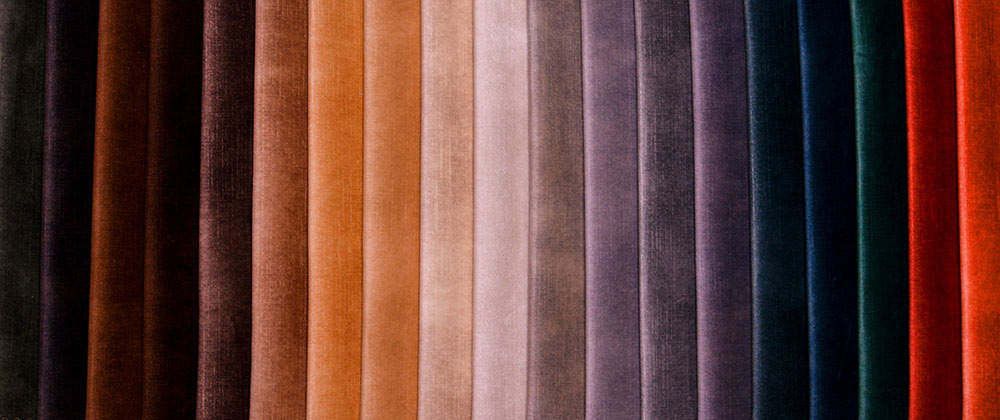
28 Aug Shielding Your Style: Upholstery Fabric Protection Tactics
Your upholstery does more than just cover your furniture—it defines your space, adds comfort, and reflects your style. But without proper care, those beautiful fabrics can quickly show signs of wear, stains, and damage. That’s why protecting upholstery fabrics is crucial for maintaining their appearance and longevity. Today, we’re diving into practical tactics and tips for keeping your upholstery in top-notch condition, shielding it from the everyday mishaps and wear and tear.
Understanding Upholstery Fabric Protection
- Types of Upholstery Fabrics
When it comes to upholstery, not all fabrics are created equal. Natural fabrics like cotton and wool offer comfort and a classic look but can be more susceptible to stains and wear. On the flip side, synthetic fabrics such as polyester and microfiber are often more durable and easier to clean, making them a great choice for high-traffic areas. Knowing the difference helps you tailor your protection strategies accordingly.
- Common Threats to Upholstery
Stains and spills are the usual suspects when it comes to upholstery damage. A glass of red wine, a splash of coffee, or an errant marker can turn your stylish couch into a stained eyesore. Daily use, UV light, and even dust can also degrade your fabric over time. Understanding these threats is the first step in safeguarding your upholstery.
Protective Measures for Upholstery Fabrics
Pre-Treatment Products
Before a single spill happens, consider treating your fabrics with stain repellents. These products create a barrier that makes it harder for liquids to penetrate the fabric, giving you extra time to clean up spills. Waterproofing sprays offer similar benefits, particularly useful for fabrics in high-moisture areas or homes with kids and pets.
Fabric Protectors
Commercial fabric protectors like Scotchgard can work wonders, forming an invisible shield against dirt and stains. Application is usually straightforward—spray on, let dry, and you’re good to go. For those leaning towards natural solutions, homemade protectors using ingredients like vinegar and essential oils can be just as effective.
Coverings and Accessories
Sometimes, the best protection is a physical barrier. Slipcovers and throws not only add an extra layer of style but also protect your upholstery from daily wear and spills. For high-traffic areas, consider using protective mats or runners. They’re easy to clean and replace, sparing your upholstery from the brunt of the damage.
Routine Maintenance and Care
Routine vacuuming is a simple yet effective way to keep dust and debris from settling into your upholstery. For spills, quick action is key. Blot the spill with a clean cloth (don’t rub!) and use a spot cleaner appropriate for your fabric type. Regularly clean and maintain your upholstery to prevent build-up that can lead to stains and fabric degradation.
Even with the best DIY care, there comes a time when you need to call in the pros. If your upholstery starts to look dingy, or you notice stubborn stains that won’t budge, it’s time for a professional cleaning. Look for a reputable service that specializes in upholstery to ensure your fabrics get the care they need.
Long-Term Fabric Protection Strategies
Adjust your upholstery care routine with the seasons. In the winter, when the air is drier, fabrics can become brittle, so consider using a humidifier. During the summer, increased humidity can promote mold growth, making regular cleaning even more crucial.
For furniture that sees a lot of action, consider upgrading to more durable fabrics or adding reinforcement. Techniques like double-stitching seams can extend the life of your upholstery. Regularly inspect high-use items and address any signs of wear early to prevent further damage.
Conclusion
Protecting your upholstery fabric isn’t just about preserving your furniture—it’s about maintaining the beauty and comfort of your home. By implementing these protection tactics, from pre-treatment products and regular cleaning to seasonal adjustments and careful handling of specific issues, you can keep your upholstery looking fresh and stylish for years to come.


